According to a purportedly leaked internal document, U.S. wireless carrier Sprint is no longer offering device subsidies on two-year contracts to customers opening new accounts, instead pushing activations toward leasing and installment plans.
The sales sheet, obtained by Android Central, notes smartphone subsidies are now restricted to upgraders and those customers looking to add a line onto existing accounts. The new policy does not apply to new tablet purchases, which are still eligible for two-year contracts.
Sprint's decision is in line with a broader industry move away from smartphone incentives. Verizon and T-Mobile have already done away with contract pricing as part of a move to monthly installments, upgrade plans and device leases. America's second-largest carrier, AT&T, will join the pack and end contract subsidies on Friday.
In August, Sprint launched a new "iPhone Forever" plan designed to give Apple fans a clear upgrade path to the latest and greatest hardware. Under Sprint's terms, customers pay a monthly premium on top of wireless and data service fees, and in return are made immediately eligible for a new iPhone each year when trading in a previous model. Actual pricing depends on level of service, handset capacity and other variables.
For carriers, the move away from two-year contracts seems like an easy decision. Subsidies were initially created to lure customers into purchasing a smartphone by offsetting the often high price of entry, with carriers hoping to recoup money lost on hardware through service fees. Now that handsets like iPhone are the norm, network operators are transitioning to installment schemes, placing the burden of hardware costs back onto consumers.
 AppleInsider Staff
AppleInsider Staff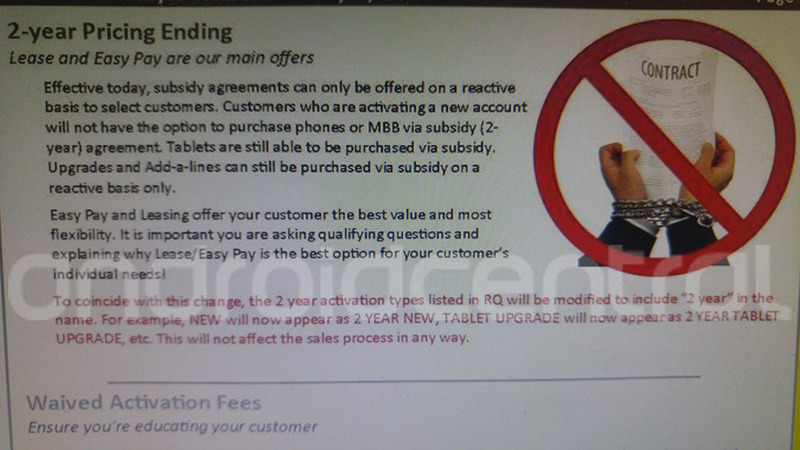
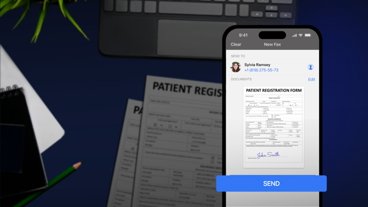
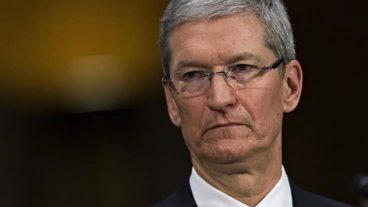
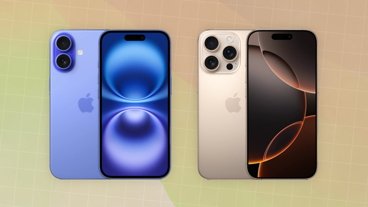
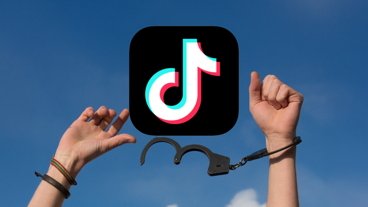
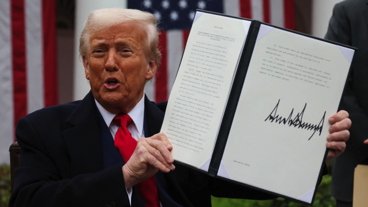

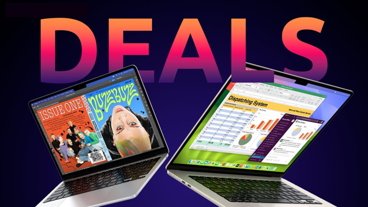
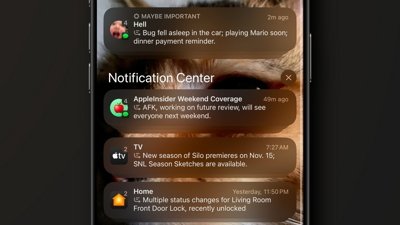
 Charles Martin
Charles Martin
 Marko Zivkovic
Marko Zivkovic
 Andrew Orr
Andrew Orr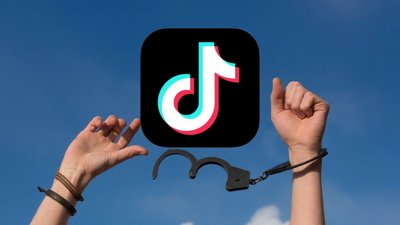
 Amber Neely
Amber Neely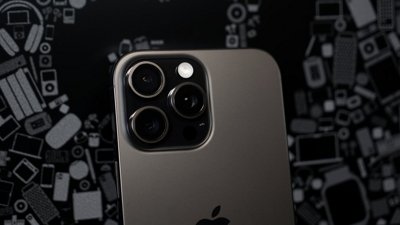
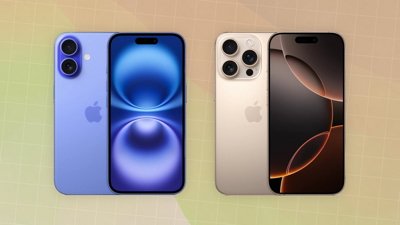
 William Gallagher and Mike Wuerthele
William Gallagher and Mike Wuerthele
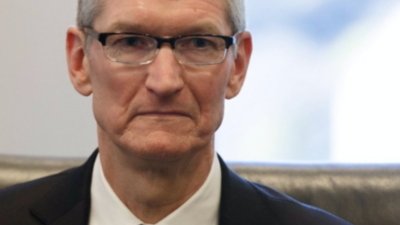

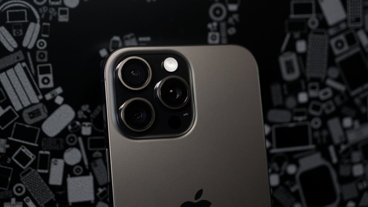







5 Comments
I don't really understand these changes. if I want a new 16GB iPhone 6s today, how much do I have to pay upfront? I never had the illusion that the $500 discount was "free". It's that I will pay it over the next 24 months. So with the new plan, how much do I pay upfront and monthly?
"Subsidies were initially created to lure customers into purchasing a smartphone by offsetting the often high price of entry, with carriers hoping to recoup money lost on hardware through service fees."
That's an interesting theory. I paid a penny for my first entry into cellular telephony, predating feature phones.